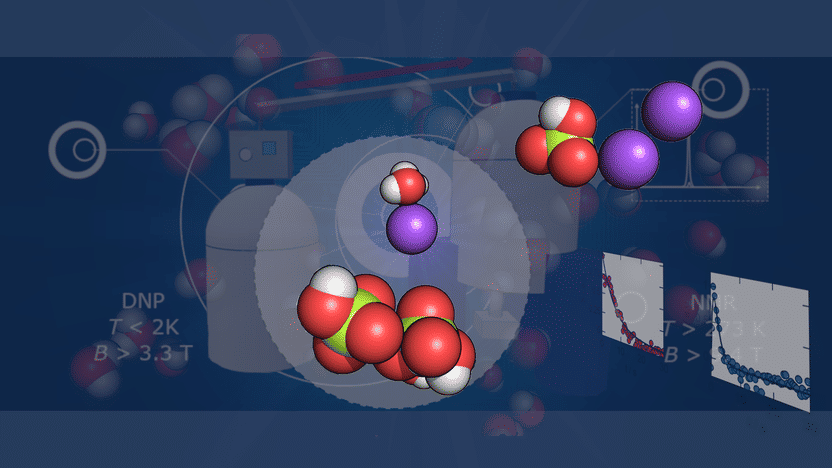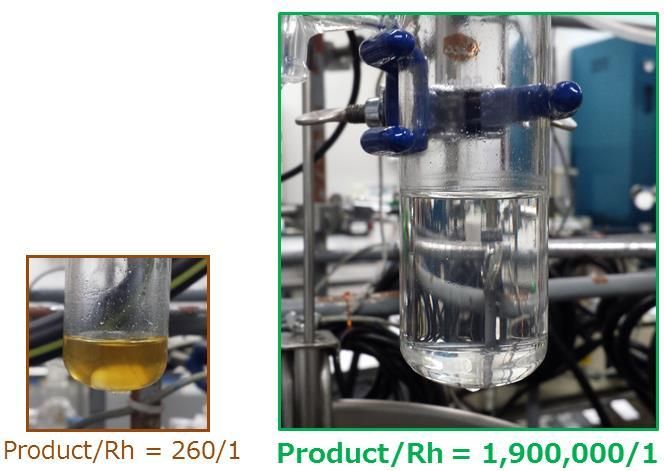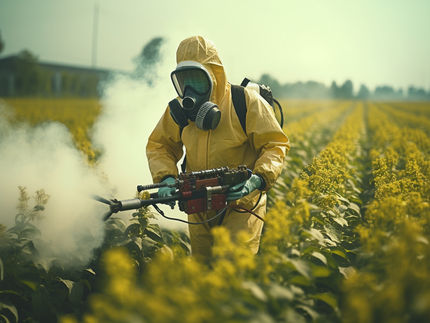Glyphosate: no more poisonous than previously assumed, although a critical view should be taken of certain co-formulants
In view of the public discussion of the evaluation of possible health risks posed by glyphosate-containing pesticides, the Federal Office for Risk Assessment (BfR) was organising a scientific symposium to be held at the ICC in Berlin on 20 January 2014. As part of EU testing of active ingredients, the BfR has reassessed the health risks associated with glyphosate. In addition to the documents already incorporated in the first test series of active ingredients, more than 1000 new studies were examined and evaluated. These new studies do not suggest that glyphosate has carcinogenic or embryo-damaging properties or that it is toxic to reproduction in test animals. "The data do not warrant any significant changes in the limit values of the active ingredient", says Professor Dr Dr Andreas Hensel. "The large volumes of evaluated literature suggest, however, that the toxicity of certain glyphosate-containing pesticides is, due to co-formulants, higher than that of the actual active ingredient." An example of such co-formulants is the group of POE - tallowamines. The BfR has included a toxicological assessment of these tallowamines in the report.
Worldwide, glyphosate is one of the most common active ingredients in pesticides used to prevent unwanted plant growth in plant cultivation or to accelerate the ripening process of crops (desiccation). Glyphosate inhibits an enzyme which is essential for the biosynthesis of certain amino acids. This enzyme is not found in animals and humans.
As part of EU testing of active ingredients, it is currently being investigated whether it will be possible in future to give approval for the active ingredient gyphosate for use in pesticides. Germany is the reporting member state within the EU procedure. The draft for the report is complete, and the Federal Office of Consumer Protection and Food Safety (BVL) has, in its capacity as the competent authority, submitted it to the European Food Safety Authority (EFSA). As the agency responsible for the health assessment, the BfR, in addition to the reassessment of the documents already included in the first test series of active ingredients, has examined and evaluated 150 new original studies conducted in accordance with the OECD guidelines and the Good Laboratory Practice (GLP) standards. In addition, over 900 studies that have recently appeared in scientific journals were taken into account.
The analysis of the numerous new documents does not suggest that glyphosate has carcinogenic or embryo-damaging properties or that it is toxic to reproduction in test animals. Nor do they provide any compelling reason why health-based limit values, notably the Acceptable Daily Intake (ADI), should be changed in any major way. Existing maximum residue limits continue to be safe for consumers. The chronic intake of consumers is lower than 2 % of the ADI. This estimation cover both applications for weed control and use as a desiccation agent. If needed, individual limit values for glyphosate could be raised without posing any risk for consumers, if this became necessary due to changed professional practice, new application areas, or newly requested import tolerance levels.
However, the numerous documents assessed show that the toxicity of certain glyposate-containing pesticides can be higher than that of the active ingredient - on account of inert ingredients such as tallowamines. This is taken into account by the BfR in its approval of glyphosate-containing pesticides.
Moreover, a research project initiated by the BfR and executed by the University of Veterinary Medicine Hanover has, for the first time, studied the influence of glyphosate and tallowamine-containg pesticides on the metabolism of the microbial population in the gastro-oesophageal vestibule of ruminates. The results of this study show that the active ingredient glyphosate and inert ingredients have no negative influences on the microfolora of the gastro-oesophageal vestibule. Nor is there any indication that bacteria of the species clostridium multiply more quickly under the influence of glyphosate.
Apart from the BfR, other institutes involved in the new assessment of glyphosate were the Federal Environment Agency, the Julius Kühn Institute and the Federal Office of Consumer Protection and Food Safety, the latter as risk management authority.
The German draft of the report on the overall assessment of glyphosate is the basis for the public consultation with all interested stakeholders and also for the subsequent discussion with the experts of the member states in the so-called peer review process. Both are controlled by the EFSA and will probably be completed by the end of 2014. All assessment reports and scientific opinions which are intended for the public consultation are available for viewing and posting comments on the EFSA website.
Other news from the department research and development

Get the chemical industry in your inbox
By submitting this form you agree that LUMITOS AG will send you the newsletter(s) selected above by email. Your data will not be passed on to third parties. Your data will be stored and processed in accordance with our data protection regulations. LUMITOS may contact you by email for the purpose of advertising or market and opinion surveys. You can revoke your consent at any time without giving reasons to LUMITOS AG, Ernst-Augustin-Str. 2, 12489 Berlin, Germany or by e-mail at revoke@lumitos.com with effect for the future. In addition, each email contains a link to unsubscribe from the corresponding newsletter.
Most read news
More news from our other portals
Last viewed contents

An alternative low-cost technique to produce metal powders for 3D printing

Nature Unveiling Herself Before Science - Cutting-edge technology allows for real-time monitoring of biomineralisation

A rhodium-based catalyst for making organosilicon using less precious metal
Mutagen






























































